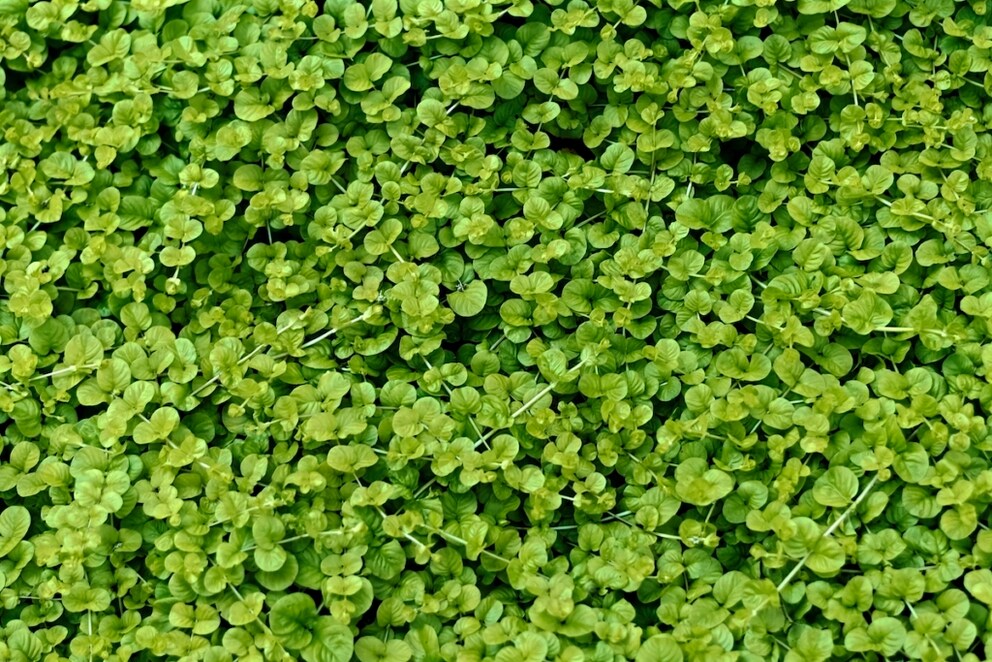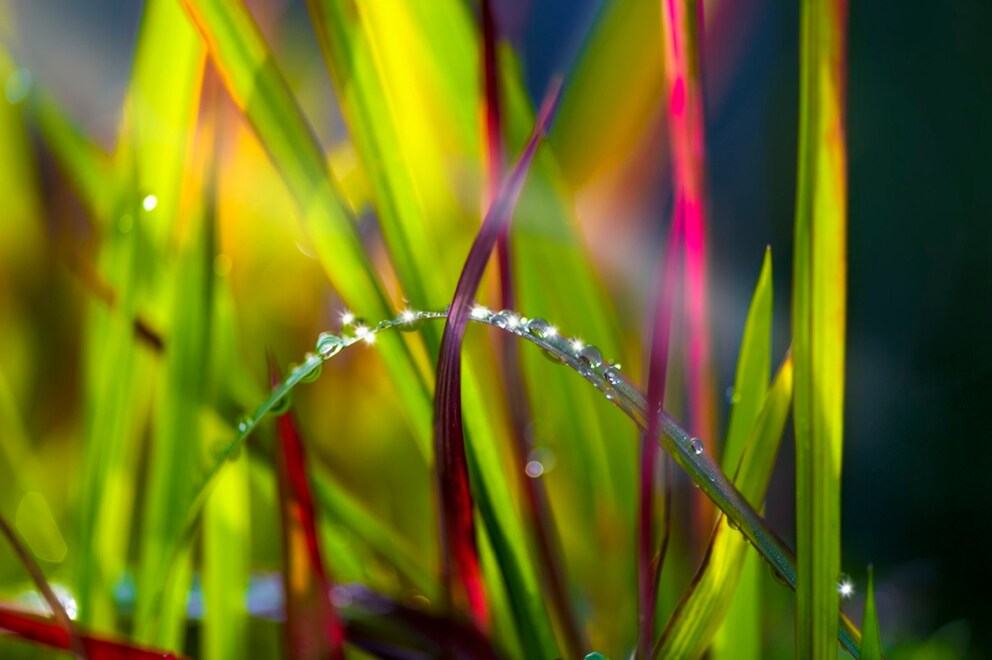June 19, 2025, 5:29 am | Read time: 4 minutes
Ground covers are not only practical but also beautiful: They can suppress certain weeds, protect the soil from drying sun and wind, and bloom attractively. myHOMEBOOK reveals which ground covers might be more harmful than beneficial.
Under shrubs, around patios, or as green fillers in flower beds—ground covers are a popular design tool for hobby gardeners. Instead of regularly kneeling in the flower bed to weed, garden enthusiasts hope that planting ground covers will provide long-term help against rampant, unwanted plants. Additionally, many ground covers retain moisture in the soil by shading it, reducing water evaporation. This article explains which ground covers you should avoid in your garden, as not all low-growing plants are suitable for the green living room.

Ground Ivy – the Green Wonder Herb in Forests and Gardens

6 tips for a low-maintenance garden

Gardening Tasks to Tackle in July
Avoid These Ground Covers in the Garden
Ivy (Hedera helix)
Ivy is a very popular garden plant, used as both a ground cover and a climbing plant. It tolerates drought and shade well but also grows in sunny locations. Moreover, it can quickly cover bare areas and remains green even in winter.
These characteristics have contributed to its fame, but they can also make it a real nuisance. Once ivy has spread, it can completely overgrow other plants or even entire shrubs and hedges. Its strong vines are difficult to remove by hand.
Creeping Jenny (Lysimachia nummularia)
Creeping Jenny is a popular ground cover due to its bright yellow flowers and low growth. It naturally grows in moist areas near water sources, so it thrives in gardens near ponds and pools. However, if the soil is sufficiently moist, it can grow almost anywhere—and at a rapid pace. Those who want to introduce Creeping Jenny to their garden should control its growth with root barriers and frequent heavy pruning.

Lesser Periwinkle (Vinca minor)
The Lesser Periwinkle is ubiquitous in many gardens. No wonder, as it stays green year-round, and in spring, attractive violet flowers adorn the plant. It is suitable to some extent for fallow areas that are neither fertilized nor watered and would otherwise be overrun by grasses and weeds.
However, the long vines with dark green leaves quickly find their way into areas of the garden that are not intended for Lesser Periwinkle. The only solution here is to radically pull out or prune the plant. To avoid any risk, it’s better not to plant it in the garden at all.
Creeping Spindle (Euonymus fortunei)
This ground cover, also known as Climbing Spindle, originally comes from China. Like the other ground-covering plants listed here, it is extremely robust and fast-growing. This makes it both interesting for hobby gardeners and potentially dangerous. Without boundaries in the garden, it can quickly spread and deprive other plants of light, air, and water as they try to compete with the Creeping Spindle.
True to its name, the Climbing Spindle doesn’t stop at trees and will climb them as well. Once it has spread in the garden, it is very difficult to get rid of.
Japanese Blood Grass (Imperata cylindrica ‘Red Baron’)

With its red leaf tips, Japanese Blood Grass is delightful to look at and adds color to predominantly green flower beds. In some regions, it is considered largely winter-hardy and even requires winter protection with brushwood or fleece in its early years. However, once established in a garden, it can become problematic, much like other grasses.
Without containment by a pot or root barrier, Japanese Blood Grass can quickly invade other areas of the flower bed and is then difficult to remove. It is, therefore, always recommended to plant this type of grass in a pot.

